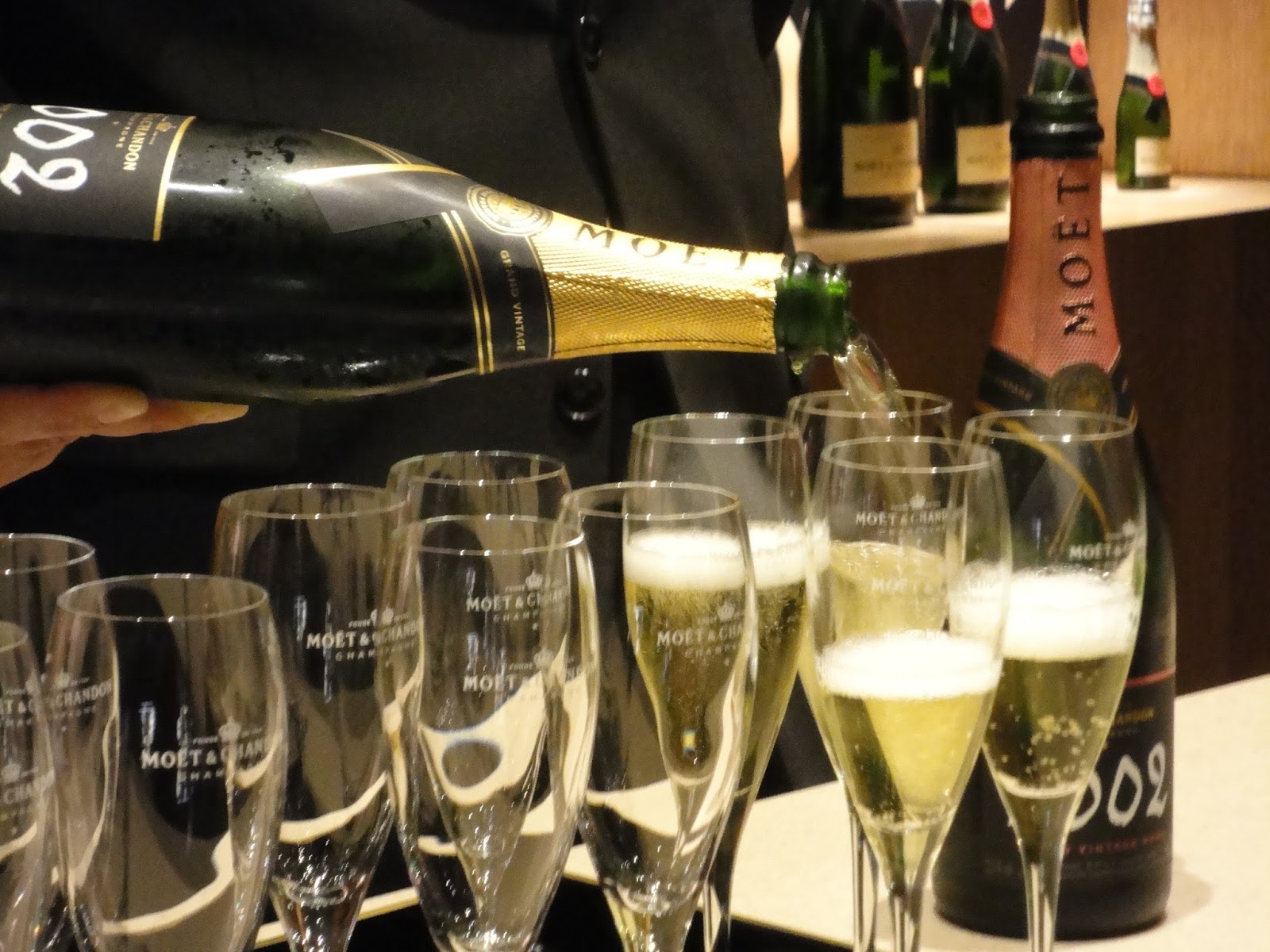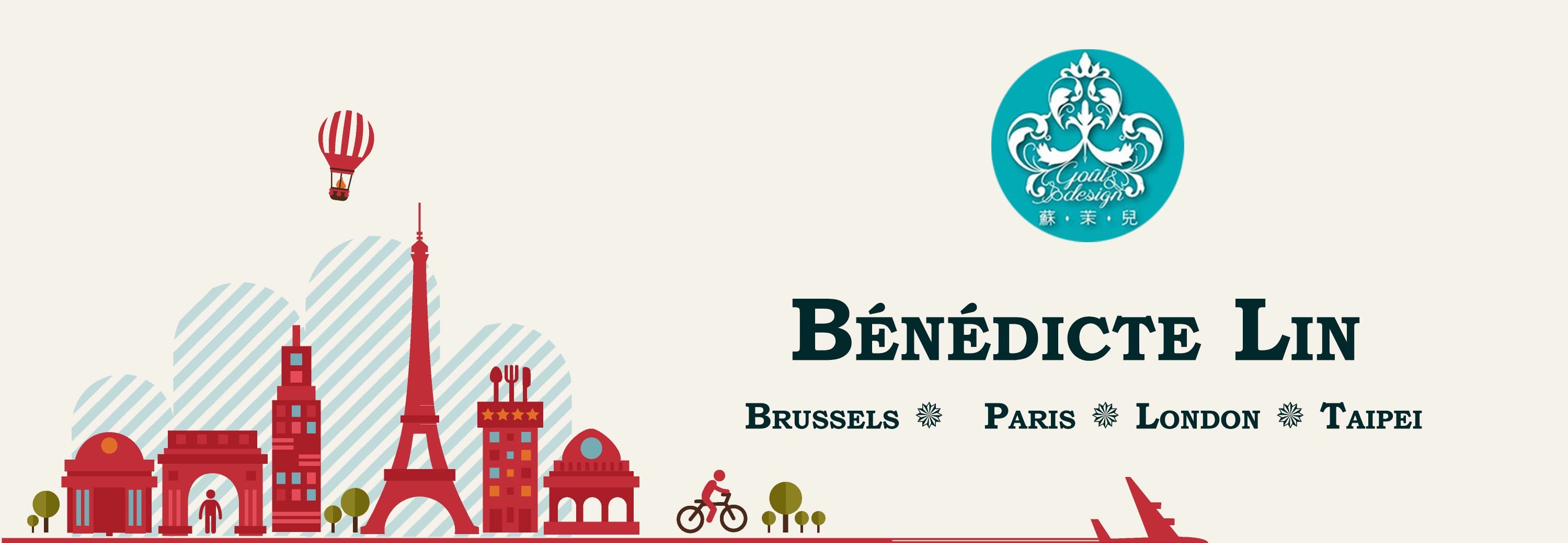For those heading off on one of the wine tours based on a luxury barge cruising the French waterways, this guide to Champagne étiquette is invaluable.
One of the most memorable ways of combining a love of the finer things in life with the opportunity to indulge in a relaxing luxury break is on a wine-themed barge holiday through the picturesque waterways of France. How better to enjoy the product of world famous vineyards than on wine tours that take you directly to the source?
Dedicated barge wine tours can include cruising along the River Marne to a particularly fertile agricultural region just 75 miles from Paris, whose famous product has been delighting the world’s palates since the times of the Emperor Charlemagne. You may have heard of it: Champagne.
Etiquette and Tradition
Champagne has long enjoyed its luxurious connotations, which stem from the 17th century when the winemakers made a concerted effort to attach their bubbly wagon to the echelons of royalty and the noble class. The drink became a symbol of wealth and prosperity, leading to its popularity with the aspirational and well-heeled middle class.

Opening the Bottle
The correct way to open a bottle of Champagne is to hold it by the cork (at an angle) and rotate the bottle, not vice versa. This reduces the risk of the cork shooting out and the liquid spraying – fun as that may be in some cases!
For circumstances that require a little more pomp and ceremony, the Sabrage method of uncorking the bottle may be used. Dating back to the time of Napoleon, this very dramatic and impressive technique involves using the blunt side of sabre (the diminutive Emperor’s preferred weapon) to slice off the top with an angular sweep, rendering a smooth edge ready to pour. The secret is in striking the lip of the bottle precisely, which then separates the neck from the collar.
[masterslider alias=”ms-12-1″]
Serving and Pouring
Nowadays, the coupe glass is virtually obsolete and the drink should be served in a flute. It must be served cold, with an ideal temperature of 7-9°C, and the bottle kept chilled – hence the use of ice-buckets.
The correct way to pour is to tilt the flute and pour the liquid gently against the side of the glass in order to preserve the bubbles and reduce any frothing. Flutes should be held by the stem to maintain the temperature for as long as possible.

A Sporting Tradition
There are, of course, some times when all etiquette goes out the window, and the custom of victorious sportspeople spraying each other on the podium has been around since 1967. Formula 1 winner Dan Gurney was so overjoyed with his success he sprayed the famous bottle of Moët & Chandon (which was offered to all Formula 1 Grand Prix winners) all over his fellow drivers and the crowd and began the much-loved tradition that continues today all over the world.
The maritime tradition of launching a vessel by breaking a bottle of Champagne over the bow for luck originally began with Madeira wine or whiskey, and while the reasons for the change are not clear, it’s suspected that the tradition came into fashion due to the symbolic perception of power and wealth with which Champagne is associated.

Dan Gurney and his Racing Cars Victories introduced new ideas and technology he introduced to motorsport. Among them, the act of spraying champagne to celebrate a victory.
A Delicious Celebratory
The drink’s connotation with a celebration is entirely due to concerted and very sustained marketing by its producers – most notably the house of Moët, who commissioned a number of high-profile celebrity endorsements. Well-known entertainers were used to promote the drink as a status symbol and an icon of the finer things in life, declaring it de rigueur at any event worth celebrating, and an obedient and adoring public went along.

If you’re embarking on one of the excellent barge wine tours that take in the beautiful region where this famous beverage originated , understanding some background and etiquette will equip you to make the most of the experience – and it might even impress your fellow cruisers.
, understanding some background and etiquette will equip you to make the most of the experience – and it might even impress your fellow cruisers.

